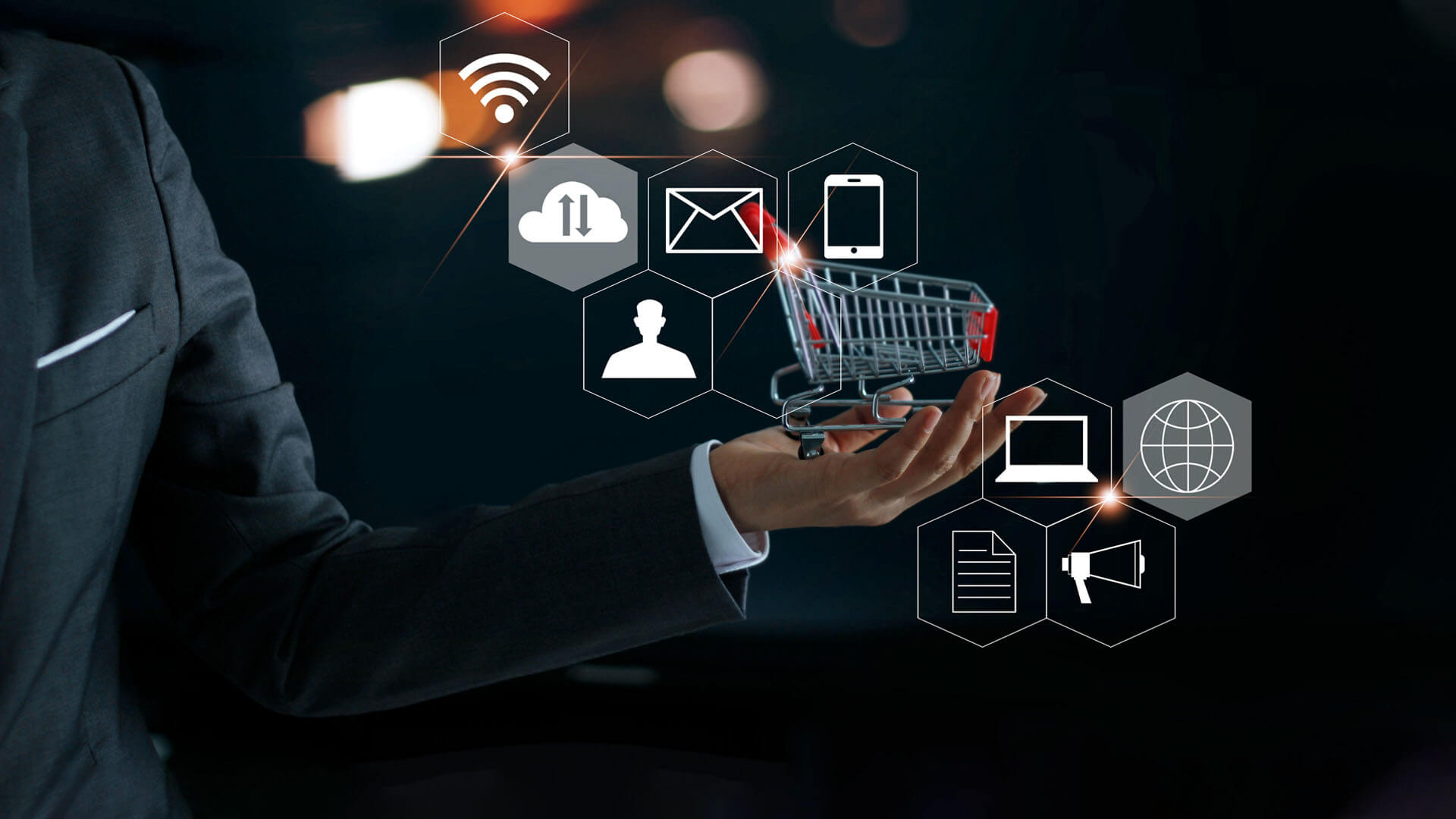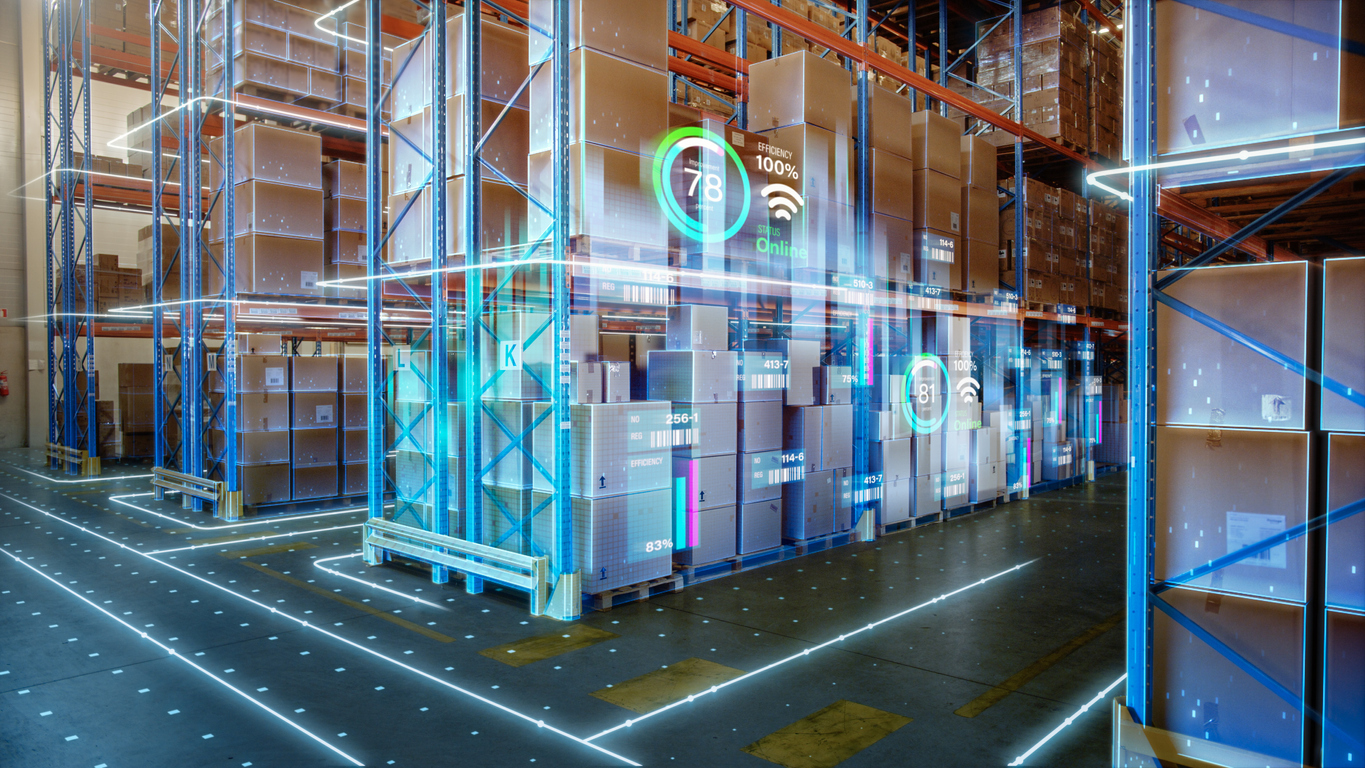Daniel Gebler, co-founder and CTO of online food shopping giant Picnic, provides valuable insights on how to build a resilient retail organization through the concept of anti-fragility. He also shares how Picnic navigated through black swan events with the anti-fragility mindset, leveraged customer feedback to revamp systems and processes, and improved the organization’s safety and sustainability scores with technology.
RETHINKING THE ONLINE GROCERY DELIVERY SYSTEM
Generally, online food shopping hasn’t taken off with high delivery costs and wait times as major factors. “It’s very expensive to do food shopping online. If something is very expensive, you won’t do it. It’s not so much that you must pay higher prices for the products, you had to pay for deliveries. At this point, you also have to pay for deliveries for returns. That was not the case for other replicas.”
To combat these obstacles, Gebler highlights the importance of accurate delivery windows and the need for faster delivery to make online food shopping more appealing. “It’s not so much that you deliver faster. It doesn’t work because you will run out of money. It’s not so much the waiting time, but the accuracy of delivery. If you say you can deliver this in one hour, then you have a much different proposition. That broke up the entire market. This is something you see again and again where everybody tries to copy what has worked in one market to another market.”
Food shopping requires a different experience, as customers will purchase food every week, as opposed to a digital device that they will buy once every few years. “You never buy the same device again. However, food is a different dynamic. So, the entire shopping experience needs to be different.”
Gebler proposes a new approach to e-commerce by owning both the front and back office, allowing for greater control and success. “What everybody was doing in e-commerce is only from the front office and the app, but nobody owns the logistics. That is a big issue because then you simply can’t control it. If you want to be successful in e-commerce, you need to own both the front and back office.”
He also suggests taking a service position that is more suited for less convenient situations, such as offering delivery windows based on customer demand. “What would happen if you offered only one delivery window a day instead of ten? This model has simple logistics. If it’s not convenient for customers during that window, they can order for the next day. It’s basically a bus distribution system to get from street to street and never visit the same street twice. This is a very efficient delivery system.”
REVAMP SYSTEMS AND PROCESSES TO WITHSTAND BLACK SWAN EVENTS
With competition from local supermarkets and Amazon, Gebler emphasizes the importance of understanding people’s behavior in the market. He also discusses the concept of anti-fragility in business, where resilience and adaptability are crucial in the face of uncertainty and negative events.
“If you think about uncertainty, maybe you think about probability. But there are black swan events, and we have been going through one over the last few years. The first thing that happened for Picnic was that we had 10x demand. So, most people can’t properly deliver to you from the supplier side as demand was skyrocketing. And then the entire logistics completely changed. The point of anti-fragility is that you innovate your business to become anti-fragile.”
He defines fragility in business as a software system or logistical process that no longer grows because of an unexpected event. There is a need to move beyond traditional robustness measures and instead focus on creating systems that can benefit from unexpected events, making the organization stronger in both good and bad times.
“With anti-fragility, you have built many infrastructure systems and mitigation steps to make processes and systems in the organization more robust. The real power of anti-fragility is that you move to a state where an external factor, even if it has a short-term negative impact on you, makes your organization stronger. If you can achieve that, then you grow not only in good times but also in challenging times, because you are prepared for whatever may come in the future.”
LEVERAGING CUSTOMER FEEDBACK TO BECOME ANTI-FRAGILE
Picnic has designed a system to be anti-fragile by starting small, gathering customer feedback, and optimizing packaging and delivery. “How do you design a system that is prepared for anti-fragility? Firstly, if you’re a retailer, ask yourself, what are you selling? Maybe you stock 4,000 items. And at some point, you simply say, ‘We will serve more if you tell us what to serve.’ Therefore, we started to ask all our customers what kind of products they would like to have at Picnic.”
It’s also important to find out what customers want but can’t find at the store. “If you get hold of that information, you can launch the product. If there are no suppliers for that product, you need to go one step further. If nobody’s producing what consumers are looking for, you need to do it yourself.”
In addition, Picnic leverages AI and machine learning to improve customer service communications by analyzing past responses to provide better responses in the future. “If you put this all together in a database, if you take all the responses that agents have spoken in the past, you have a good measuring system to see what a quick response should be in the future.”
OPTIMIZE FOOD DELIVERY LOGISTICS WITH AI
Gebler discusses the importance of last-mile delivery logistics, including predicting delivery times and addressing customer questions. “On the logistical side, the last mile is a very important aspect. It is essentially the only real touch point that we have with a customer at Picnic.”
He highlights the challenges of delivering to customers, such as navigating complex addresses and addressing customer concerns. Gebler discusses the importance of sharing real-time data with customers and suppliers to improve efficiency and safety in the delivery process.
“How do you work with machine learning to create a customer experience? There are two factors at play, you need to predict how long the delivery will take, and how to make that prediction a reality. When you’re talking about AI, machine learning, and forecasting, you need to have a better prediction system. You need to also have a better operational system that makes the prediction happen.”
LISTENING TO CONSUMER DEMAND TO REDUCE FOOD WASTE
The environmental impact of online food delivery services is negative overall, with only 50% of food produced being consumed. Gebler also notes the potential of autonomous driving in the food industry. Although it is not yet practical for public roads, it could have a positive environmental impact in the long run. Gebler highlights the importance of avoiding waste in the supply chain, particularly with self-adapting supply chains and early consumer demand knowledge.
“If you look at the entire food system, only around 50% of what’s harvested gets consumed. So, this is an extremely wasteful industry. If you look at physical retail, usually most supermarkets have waste, somewhere between 10% and 20%. Picnic’s is below 1%. That is something we are very proud of and what we find very important because this kind of waste is avoidable. By having a supply chain that is self-adapting and knowing the consumer demand very early on, we can avoid waste.”
DATA COLLECTION FOR SAFETY AND SUSTAINABILITY
Picnic has implemented a safety data collection process for self-driving cars, using data from vehicle sensors to identify areas of improvement. One of the data collection methods is the driver coaching feature, providing riders with feedback scores and suggestions for improvement after each ride.
“The first step was to understand where we stand with safety. Let’s collect data from the vehicles. Where are people driving safely and where are they not? We have identified dangerous places that have not been given enough attention to drive safely in. It’s again about sharing data. So, what we do is give all our drivers some feedback once they have completed the ride. After a ride, our drivers are given a feedback score between 0 and 100. If you’re 80 and above, then you have actually completed a fantastic ride.”
When it comes to sustainability, Gebler mentions the biggest challenge lies in poor transparency with third-party suppliers. “There’s a big obligation for the entire ecosystem to have more accurate data available for partners and consumers to get the full end-to-end view on sustainability.”
COMPLEMENT DATA WITH VISION AND AMBITION
Combining data with vision and understanding is paramount to creating a successful business. He encourages entrepreneurs to share early versions of their products with customers to gather feedback and create something meaningful.
“If you have a big plan and you need to do 10 things, what are the first two things that create significant value? It’s easy to say, but it’s probably the hardest thing in building a business and innovating. While we are all collecting a lot of data and talking about data innovation, the reality is that you will never have enough data. You need to complement data with vision and ambition.”
“This is important for leaders across all industries. The main role is that you complement data with your vision and understanding of the industry. The same applies to machine learning and deep learning. While this is important to build, you need to think about how to go live with a prototype today with minimal effort.”
“While we are all trying to think about what it would mean to launch a product and put it in the hands of millions of customers, we are usually launching too late. There’s a saying in the startup world that goes, ‘If you’re not embarrassed by the first version that you put out, you’ve launched too late.’ There’s a real power in sharing with customers that very early version to get feedback. You don’t need big teams to create something meaningful.”
Gebler discusses the challenges of labor shortages in the industry and how Picnic addresses this issue through small project ownership and early responsibility for young employees.
“It’s very interesting to see typically very young people have a lot of ownership. For example, we have supply chain leaders who run fulfillment centers and lead 400 people. In many cases, these leaders are around 27 and 28 years old. That’s impressive from an industry perspective. We also have a young engineer leading our entire safety operation. That is 300,000 vehicles for him to turn around.”
*The insights have been edited for length and clarity.



















